
The Northern Inuit was originally bred to resemble the wolf. Although there have been many years of selective breeding to get the wolfy look desired from the breed there is still a wide range of diversity in coat colours, coat length, masks and eye colours within the breed and this is translated across most of the other wolfalike breeds meaning there is no clearly defined 'type'.
Coat Colours
The wolfalike dogs come in a variety of coat colours ranging from pure white, through to grey, silver, red, timber, pure black (black and white) and ink marked (classed as a fault in the Inuit dog). Below are examples of the most common coat colours in the Northern Inuit.
Silver
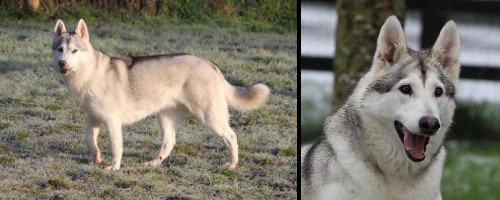
Grey
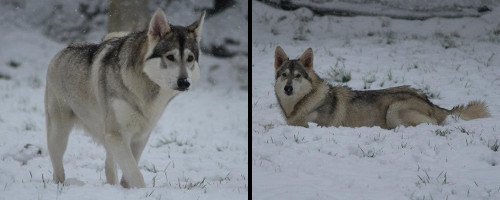
Red
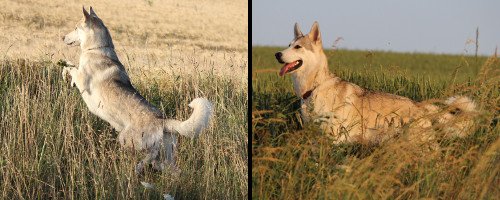
Timber
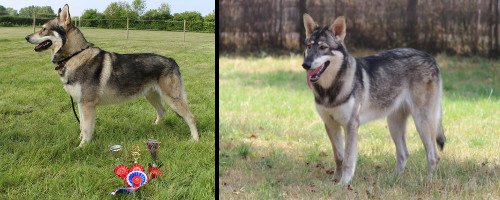
Charcoal
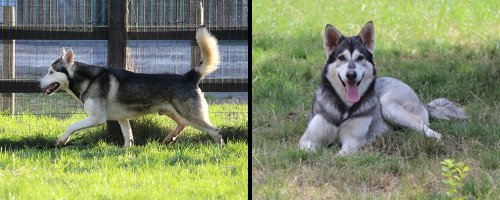
Black and White
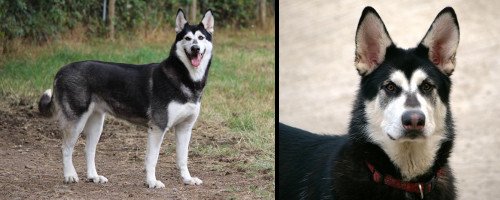
White
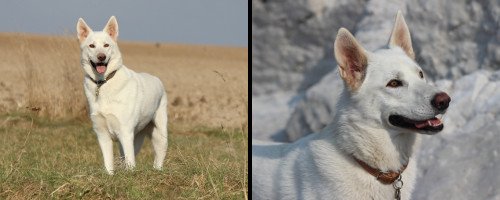
Ink Marked
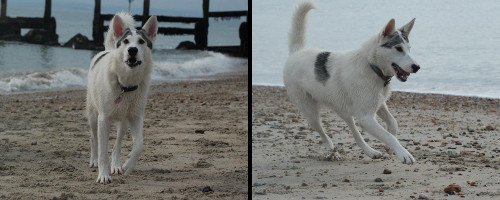
Coat Lengths
All wolfalike types should have a dense waterproof double-coat, which usually goes through a full moult twice a year. However the length of the coat can vary from standard double-coat, to plush, to long-haired (classed as a fault in the Northern Inuit).
Masks
One of the defining characteristics of the Northern Inuit and many wolfalike breeds is their facial markings which is called a 'mask'. These can vary from no mask (only accepted on pure white dogs), full masks, faded masks and half masks. Below are photos to illustrate the differences between full, half and faded masks.
Full Mask
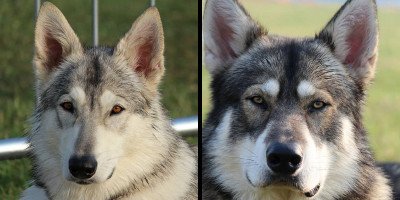
Faded Full Mask
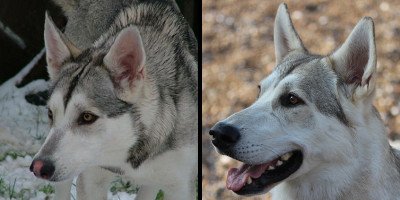
Half Mask
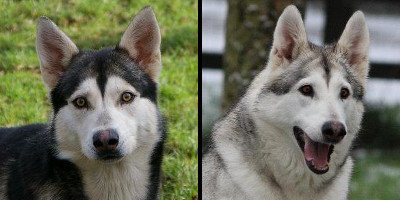
Eyes
Typical eye colours in the Northern Inuit range from yellow through amber, brown, blue and very occasionally bi-eyed (where one eye is different to the other).

If you are thinking about adding a wolfalike breed to your family and you are interested in a specific coat colour or eye colour - or combination of both - it is worth checking with your chosen breeder to see what they are expecting from future litters. A good breeder should have an idea of what colours they will be expecting from their future litters and which mating may produce the coat or eye colours you are looking for. However it is also worth mentioning that there is such genetic diversity within the breed that a breeders guesstimates may not always be 100% correct. Also note that eye colours can change from puppy through to adulthood.
Photos used with permission and copyright to their owners.